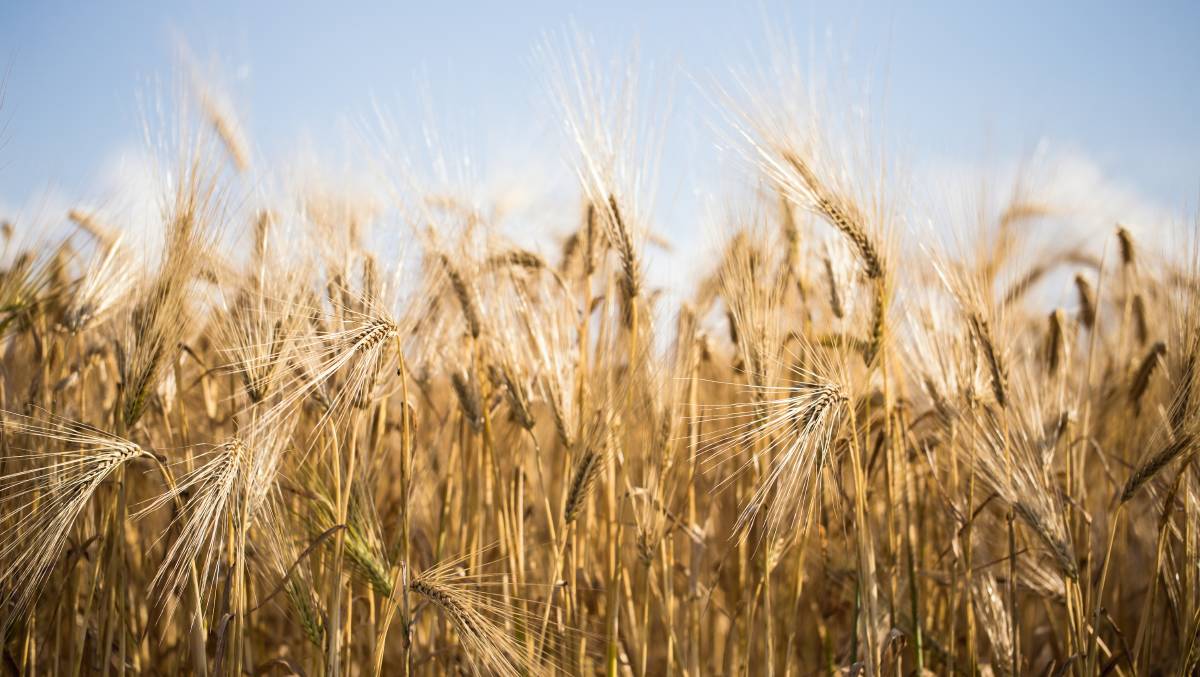Europe’s Wheat Crop Set To Be Mixed Bag After Torrid Weather

The European Union is heading towards a smaller wheat crop this year as drought and extreme heat shrink yields in some regions, offsetting more favourable prospects elsewhere after timely rain.
The EU crop is being watched closely as war disrupts Ukraine’s exports, making the 27-country bloc a crucial short-term supply source for importers.
With harvesting under way, the EU is expected to produce 125.7 million tonnes of common wheat – or soft wheat – in 2022, down 3.4% from last year’s crop, according to an average of 13 forecasts in the poll.
The overall volume in the EU, collectively one of the world’s biggest wheat growers and exporters, is seen as harder to call this year as torrid weather has a contrasting impact.
“It seems to become a real mixed bag with substantial variations between regions,” one European trader said.
Conditions in France, the EU’s largest producer, illustrate this mixed picture.
After early reports of yields 20-30% below average in the south, French volumes are expected to pick up sharply in the north where deep soils and late-spring showers tempered drought.
The situation appears worse in Spain and Italy.
Severe drought and prolonged hot spells have parched growing belts, with Italy declaring a state of emergency along the river Po that supports about a third of its agricultural production.
An eastward shift in high temperatures since last month has also raised concern about crop stress in countries like Hungary.
But Romania and Bulgaria are still expected to reap large crops, though below last year’s record levels.
Beneficial rain could help further north, with some traders and analysts revising up estimates for Germany, Poland and former EU member Britain.
Grain quality, which determines wheat’s suitability for milling, is difficult to predict.
But early results in France and generally warm, dry conditions suggest potential for satisfactory quality, including in protein content.
A large, good-quality harvest in Germany could put the EU’s second-largest wheat grower in a strong export position as Black Sea trade remains curtailed by Russia’s invasion of Ukraine. GRA/EU
“German high-protein wheat availability and demand will be key,” Peter Collier of consultancy CRM Agri said.
Read also
Wheat in Southern Brazil Impacted by Dry Weather and Frosts
Oilseed Industry. Leaders and Strategies in the Times of a Great Change
Black Sea & Danube Region: Oilseed and Vegoil Markets Within Ongoing Transfor...
Serbia. The drought will cause extremely high losses for farmers this year
2023/24 Safrinha Corn in Brazil 91% Harvested
Write to us
Our manager will contact you soon



